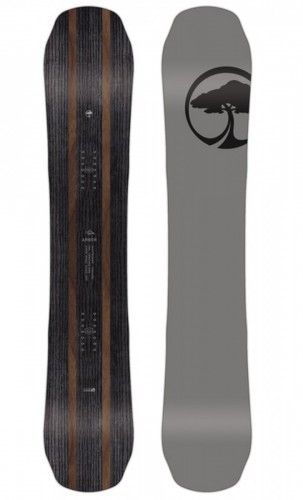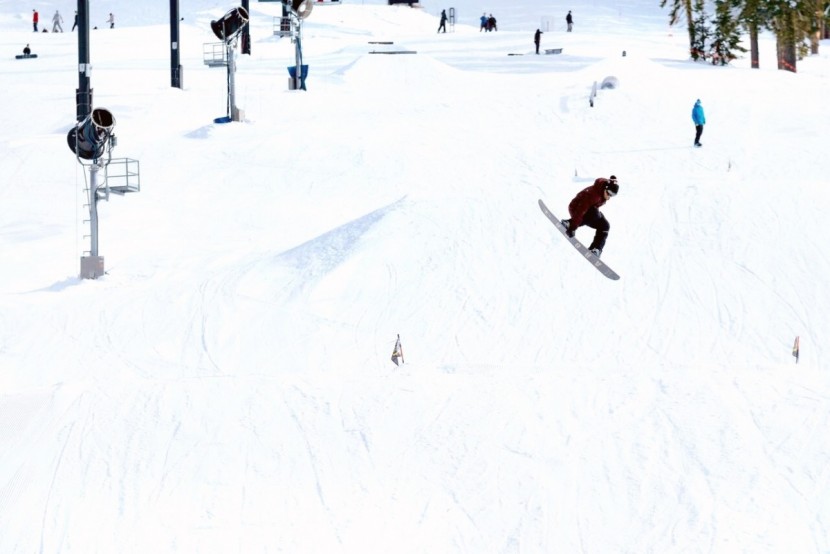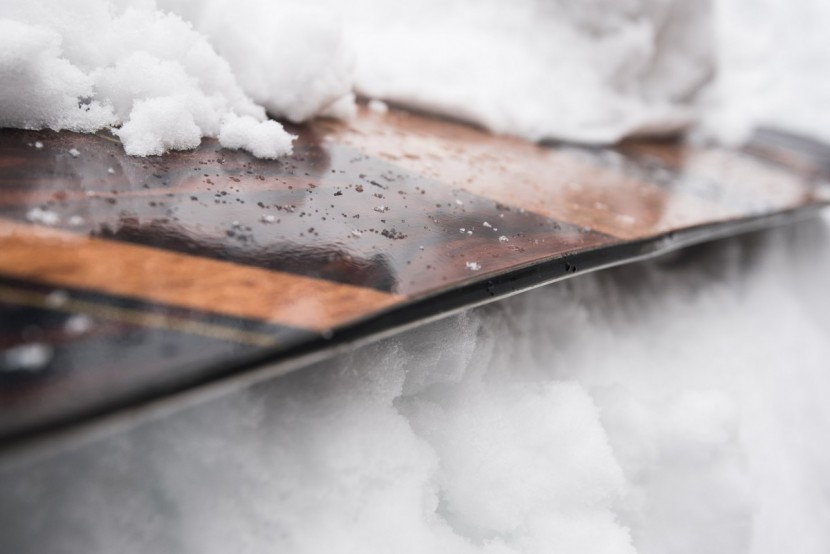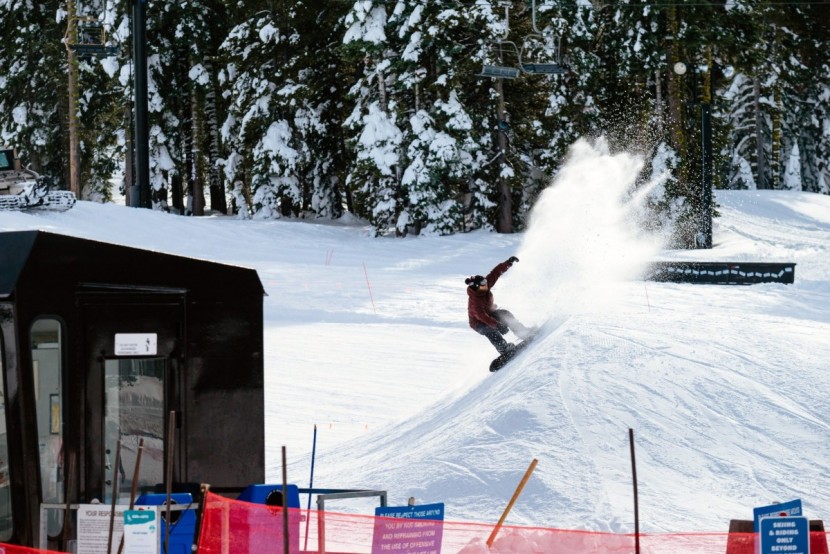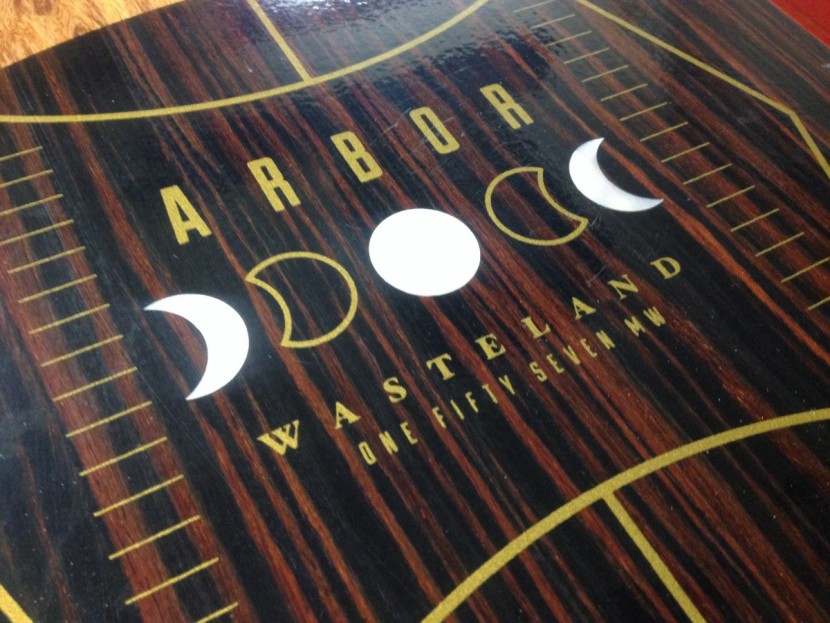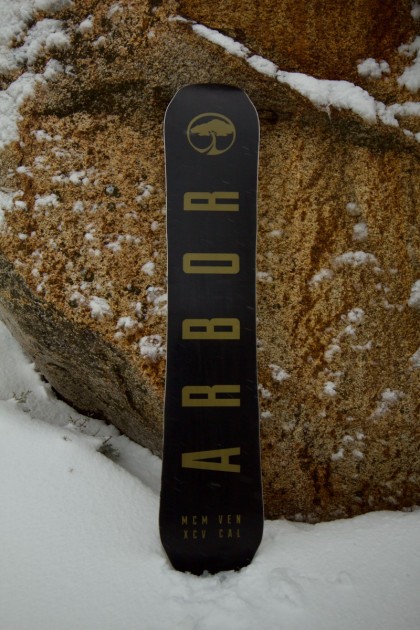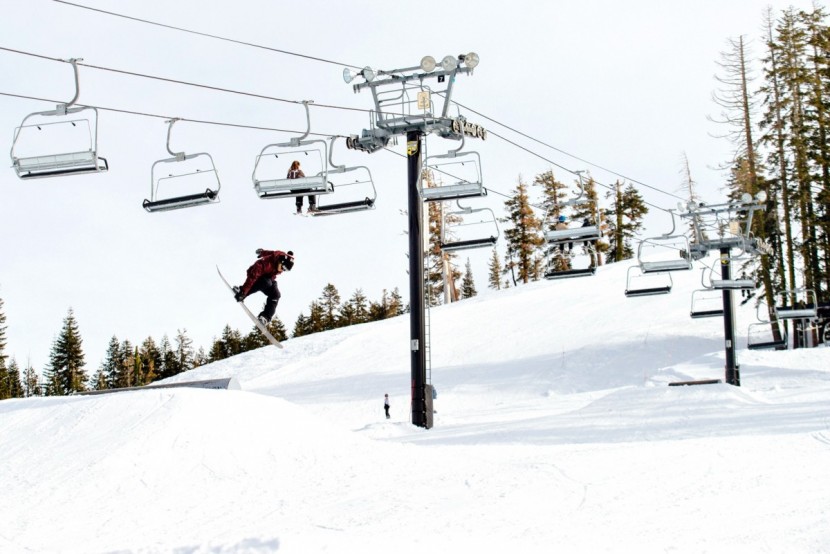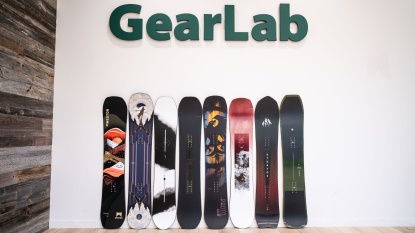Arbor Wasteland Review
Our Verdict
Our Analysis and Test Results
At first, based solely on appearance, we thought this board would perform in a similar fashion as the Never Summer Proto Type Two and the Jones Explorer. It's a great ride, especially if you have nothing to compare it to, but once tested side-by-side with others, it lost some ground. It's a shame because we had higher hopes for this board, but it just didn't fare as well as some of the others. However, it still wins our Top Pick for The Weekend Warrior
Edging and Carving
Scoring lower than most, a 7 out of 10, the Wasteland suffered in this category mainly because of its rocker. Its two Magne-Traction bumps on each side were not enough to make up for this while carving, but the smaller sidecut radius did help it transfer from edge to edge. When compared to its closest competitor, the Capita Defender of Awesome, it shared a similar weight, flex, and shape, but had a longer and more stable sidecut. Compared to the Jones Explorer, its second closest competitor, it failed to match in stability simply because the Jones Explorer is directional, vs. the twin Wasteland, and is a bit stiffer.
Float in Powder
The Wasteland rose to the occasion in pow thanks to it being rockered, lightweight, and not super stiff. It scored the same as the Rossignol One LF, which is directional, coming in at 9 out of 10. More often than not, a directional shape will give you more float because you are not centered on the board but set back, and this is one twin that handles pow very well. It also scored the same as the Never Summer Proto Type Two and the Lib Tech T Rice Pro. Although the Proto Type Two is a little heavier and not completely rockered, it's softer, putting up less of a fight in pow. Usually, a stiffer and heavier board won't perform as well as softer and lighter competitors.
Stability at Speed
Fully rockered boards simply aren't as stable at speed as the hybrids, or more stable yet, the cambered ones. The banana'd nature of the decks make for less contact with the snow. Less contact equals less control. Less control equals less stability. The Burton Custom Flying V was the only other board to receive a score of 7 out of 10 in stability. Both it and the Wasteland are fully rockered. All the other boards we tested earned higher marks in the stability metric, as they made better contact with the riding surface.
Playfulness
Light on the scale and a rockered profile help make this board a high scorer in this category. Clunky and heavy don't trend well for boards looking to be considered “fun.” In comparison, the Never Summer Proto Type Two and the Burton Flying-V are heavier than the Wasteland but because they are a bit softer they were just as fun. The Wasteland earned a 9 out of 10, as it was nimble and pleasing from day one.
Pop
It's a shame it's as rockered as it is. A little less, and this board could have been a tippy-top contender, but it just didn't snap as well as we wanted it to. That's only a concern if you're looking for epic snap. But because this Arbor did well in other areas, it's easy to overlook where it fell short. It scored a 7 out of 10 for pop like the Jones Explorer, Lib Tech T Rice Pro, and the Rossignol One LF. All four of these boards are rockered or hybrid, which causes them to lose a bit of snap, as there's less resistance when trying to spring up off the snow. The only non-cambered board that scored better in pop was Never Summer's Proto Type Two.
Best Applications
Those new to snowboarding, or not asking a lot, will find plenty of happiness all over the mountain on this one.
Value
Because of the high price tag ($650) it just doesn't make sense to go with this one. Try the Jones Explorer, which took home our Best Buy Award, costing $450.
Conclusion
If you like the wood look, love the Arbor name, have the cash, and aren't too picky, you'll enjoy this board.


